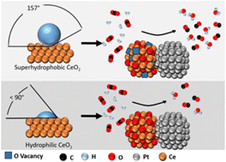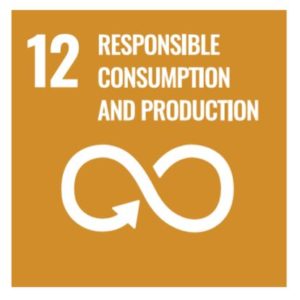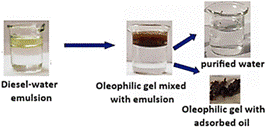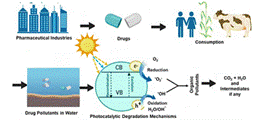
RSC Applied Interfaces has published its first articles which can be read for free here. To celebrate publishing our first articles, we asked some of our authors to discuss their work in more detail.
In this post, we hear from Annabelle Hadley, Sakshi Gautam and Byron Gates from Simon Fraser University, Canada, as they discuss their recently published article entitled ‘Niobium oxide coatings on nanostructured platinum electrocatalysts: benefits and limitations’.
This article highlights a simple method for improving the stability of a platinum electrocatalyst with nanoscale surface features. Nanoscale thin coatings of niobium oxide on platinum preserved the electrochemically active surface area while enabling access to the catalyst surface.
Discover the full article here
 Niobium oxide coatings on nanostructured platinum electrocatalysts: benefits and limitations
Niobium oxide coatings on nanostructured platinum electrocatalysts: benefits and limitations
Annabelle M. K. Hadley, Sakshi Gautam and Byron D. Gates
RSC Appl. Interfaces, 2024, Advance Article, DOI: 10.1039/D4LF00211C
Meet the authors

Annabelle Hadley is a PhD candidate in the Chemistry Department at Simon Fraser University. She received her B.Sc. from Mount Allison University in NB, Canada. Ever since she had the opportunity to conduct research as an undergraduate student, she has been interested in molecular-scale interactions at interfaces, including the interface between nanomaterials and nanomaterials and their surrounding environment. She has most recently extended this interest to the development of nanostructures with applications in electrocatalysis.

Sakshi Gautam obtained her PhD under the supervision of Professor Byron Gates in the Department of Chemistry at Simon Fraser University. Following her doctoral studies, she was a postdoctoral researcher at the National Renewable Energy Laboratory in the United States. She holds a Scientist position at Chakr Innovation in Gurugram, India. Her research focuses on nanomaterials fabrication, electrodeposition, material chemistry, and electrochemistry with applications in fuel cells, electrolyzers, and metal-air batteries.

Byron Gates is a Professor of Chemistry at Simon Fraser University (SFU). He obtained his B.Sc. from Western Washington University, studying high-temperature catalysts with Prof. Mark Bussell. He studied under Prof. Younan Xia at the University of Washington for his Ph.D. in developing synthetic methods for nanomaterials and creating materials through self-assembly techniques. He also studied under Prof. George Whitesides at Harvard as a postdoctoral fellow to pursue the limits of soft lithography, patterning of electrets, and creation of nanolithography techniques. Prof. Gates has held a Canada Research Chair in Surface Chemistry and received the Faculty of Science Excellence in Teaching Award at SFU, where his research interests lie at the intersection of materials chemistry, surface science, and analytical science, which he utilizes to create, study, and apply advanced nanomaterials to applications in chemical transformations, chemical sensing, photonics, energy storage, and energy conversion.
Comments Off on Meet our authors: Annabelle Hadley, Sakshi Gautam and Byron Gates

 High-efficiency prediction of water adsorption performance of porous adsorbents by lattice grand canonical Monte Carlo molecular simulation
High-efficiency prediction of water adsorption performance of porous adsorbents by lattice grand canonical Monte Carlo molecular simulation





 Niobium oxide coatings on nanostructured platinum electrocatalysts: benefits and limitations
Niobium oxide coatings on nanostructured platinum electrocatalysts: benefits and limitations


 Polypropylene fabric coated with branched polyethyleneimine derivatives for high antiviral activity
Polypropylene fabric coated with branched polyethyleneimine derivatives for high antiviral activity

 Engineering Pt–CeO2 interfaces for reverse water-gas shift (RWGS) reaction
Engineering Pt–CeO2 interfaces for reverse water-gas shift (RWGS) reaction


 Zinc adeninate metal–organic framework-coated optical fibers for enhanced luminescence-based detection of rare earth elements
Zinc adeninate metal–organic framework-coated optical fibers for enhanced luminescence-based detection of rare earth elements











